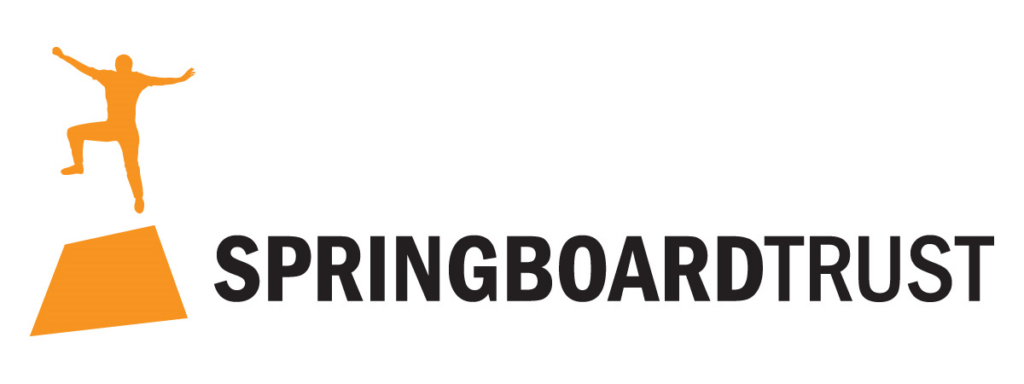Leading a school means leading change.
That change might be your strategic plan, an initiative that sees people use new apps and tools, or even something as simple as a daily check-in with your team.
But as anyone who has tried to affect change in a work environment will know, it takes time. In many cases, changes put forward in a plan can up-end habits that people have maintained for years, even decades.
To truly understand managing change, particularly in a school, you need to understand habits – and how long it takes to adjust them.
The average time to form a habit is…
66 days – just over two months.
However, the research that gives us this number notes that the time taken to form a habit habits, the type of activity and how significant repetition of a task influences their automaticity (how quickly they pick something up without thinking).
This also only applies to people who are willing to change. The research that gives us 66 days also notes that nearly half the participants in the study didn’t repeat their chosen activity enough to form a habit.
And finally, the habits that research participants picked up were quite simple – drinking water, eating a specific item or doing some minor exercise in a morning period just after breakfast. Hardly organisational change at a school.
All of which is to say that while 66 days is a good benchmark backed up by research, principals shouldn’t expect automatic habit changes after this period of time just because a paper said it would.
So what can you do to help and maintain that change?
Maintaining change in a school environment
The University of Oregon’s Elliot Berkman has some good ideas on ensuring that an individual maintains change that apply nicely in an organisational context. To wit:
1. Have a replacement action or habit
The example Berkman uses is nicotine gum, an active consumable, being more effective than the passive patches.
In the workplace, it’s a little more simple. When your change is to stop people from doing one thing, ensure there is a practical alternative. Want everyone to stop using wall planners? Make sure you provide a clear spreadsheet, calendar or Trello board as a replacement!
2. Bring the why
Always, always bring the why. Berkman’s argument is that people will affect change more significantly if the change aligns with their personal values.
That’s where all your hard work on a strategic plan comes in. With strong stakeholder communication and by involving your whole team in a long-term plan, you hopefully already have the buy-in on why you want things to change.
If not, it’s time to consult, listen and understand.
3. Visibility and motivation
Berkman’s final piece of advice is that everyone has the capacity to change. Shining a light on the behaviour or action you want to change and providing clear motivation can go a long way, especially for people who have a deeply ingrained way of doing things.
It might not happen in 66 days – but it will happen
This may seem like a negative way to look at change in a school, using comparisons to addiction models. But at its core, implementing change through a strategic plan operates on the same principles. You are helping people move from one set of behaviours to another, and need to do so respectfully and with clear context.
Perhaps most importantly – and this is backed up in the research – missing an opportunity to perform the changed behaviour or action doesn’t mess up the automaticity.
Basically – if you or anyone in your team makes a mistake, it will still become a habit. Power in persistence, everyone!









